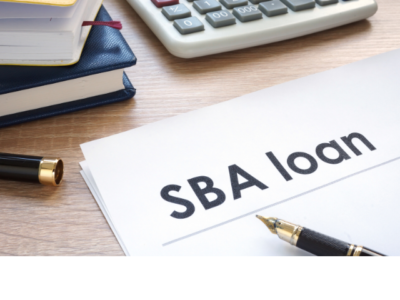SBA Loans in the Wake of COVID-19
Part II: The Paycheck Protection Flexibility Act
June 10, 2020
By Andrew T. Smith
On March 27, 2020, President Trump signed the Coronavirus Aid, Relief, and Economic Security Act (“CARES Act”) into law. The SBA Paycheck Protection Program (“PPP”), which was created by the CARES Act, has provided short-term funding to over 4 million businesses to assist in sustaining their operations and avoiding employee layoffs during the government mandated shelter-in-place orders that swept across the nation. Within twelve days, $350 billion in CARES Act funding through the PPP was exhausted. On April 27, 2020, Congress allocated an additional $320 billion towards the PPP. Despite these available funds, small business recovery remains severely adversely affected by the shutdowns.
On June 5, 2020, President Trump signed the Paycheck Protection Program Flexibility Act of 2020 (“PPPFA”) into law – implementing new rules for the forgiveness of loans through the PPP. Notably, the PPPFA will provide small business borrowers additional time to qualify for loan forgiveness, and it eases the restrictions on how much of the forgivable portion of the loan proceeds must be used for payroll costs.
Small businesses that have obtained PPP loans should be aware of the following important PPPFA changes to the PPP:
1. Payroll percentage requirement is reduced
Under the original Act, small businesses were required to spend 75% of loan funds on payroll expenses to qualify for PPP loan forgiveness. The PPPFA reduces this percentage requirement to 60%, and thus allows small businesses greater flexibility to use PPP funds for other business-related expenses.
2. Extension of the loan forgiveness period
The PPP required small businesses to spend loan funds within eight-weeks of receiving them; however, many critics noted that forcing businesses to spend the PPP money on such a short timeline disincentivized businesses from saving money in order to sustain an extended economic shutdown. Accordingly, the PPPFA grants small businesses twenty-four weeks from the date they receive PPP funds to qualify for loan forgiveness, provided that no such period may continue beyond December 31, 2020. Notwithstanding, small businesses may still elect to seek forgiveness of a PPP loan after eight weeks, provided they have met the payroll spending requirements.
3. Repayment term extended
PPPFA extends the repayment term for funds not eligible for forgiveness to five years bearing a one percent (1%) interest rate. The original term under the PPP was two years. For PPP loans disbursed prior to the enactment of the PPPFA, small businesses and their lenders may agree to modify the maturity terms of those loans to conform with the new PPPFA provisions.
The full text of the PPPFA can be found in the following link: https://www.congress.gov/bill/116th-congress/house-bill/7010/text
Andrew T. Smith is an associate attorney with Flint, Connolly & Walker, LLP currently assisting clients in various corporate and real estate transactional matters. He is experienced in a range of legal issues affecting business owners and is knowledgeable in the various federal relief programs available to small businesses and nonprofits to help sustain operations during the COVID-19 pandemic. Andrew is also NADCO certified to handle SBA 504 loans.

